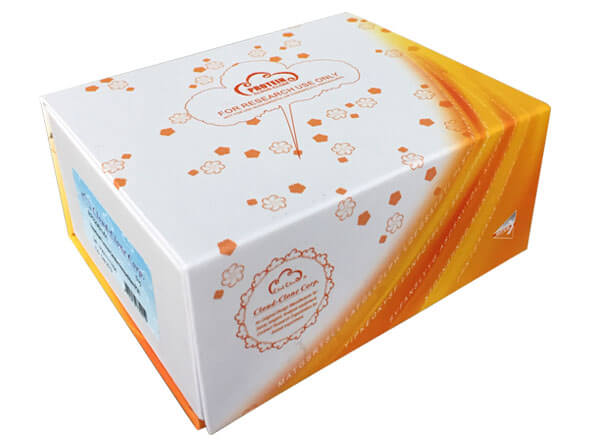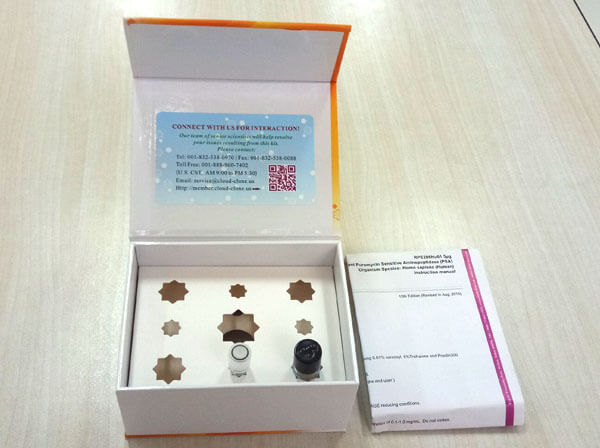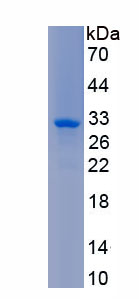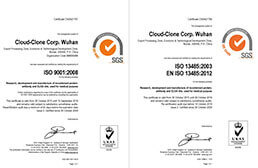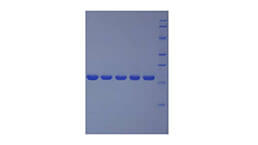Active V-Erb B2 Erythroblastic Leukemia Viral Oncogene Homolog 3 (ErbB3) 

HER3; MDA-BF-1; C-ErbB3; LCCS2; ErbB3-S; P180-ErbB3; P45-SErbB3; P85-SErbB3; Receptor Tyrosine-Protein Kinase ErbB-3; Lethal Congenital Contracture Syndrome 2
Overview
Properties
- Product No.APC187Hu01
- Organism SpeciesHomo sapiens (Human) Same name, Different species.
- ApplicationsCell culture; Activity Assays.
Research use only - DownloadInstruction Manual
- CategoryTumor immunity
- Buffer FormulationPBS, pH7.4, containing 0.01% SKL, 5% Trehalose.
- Traits Freeze-dried powder, Purity > 95%
- Isoelectric Point6.6
Sign into your account
Share a new citation as an author
Upload your experimental result
Review

Contact us
Please fill in the blank.
Activity test
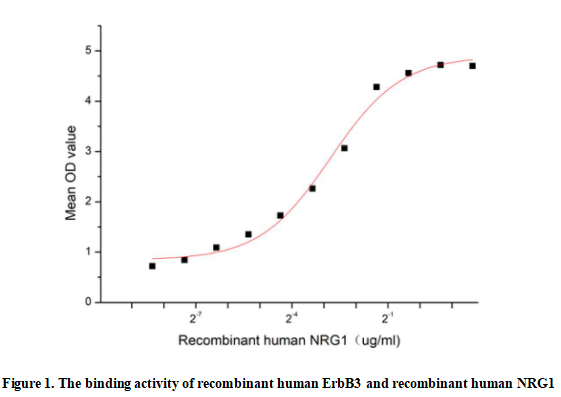
V-Erb B2 Erythroblastic Leukemia Viral Oncogene Homolog 3 (ErbB3) is a member of the ErbB family of receptor tyrosine kinases. It is also known as human epidermal growth factor receptor 3 (HER3). ErbB3 plays a crucial role in various cellular processes including proliferation, differentiation, and survival. Neuregulin 1 (NRG1) is one of ligands of ErbB3, when NRG1 binds to ErbB3, it triggers dimerization and self-phosphorylation of the receptor, thereby activating downstream signaling pathways such as the PI3K/Akt and MAPK pathways. These signaling pathways are essential for cell growth and survival. Thus a functional binding ELISA assay was conducted to detect the interaction of recombinant human ErbB3 and recombinant human NRG1. Briefly, NRG1 was diluted serially in PBS with 0.01% BSA (pH 7.4). Duplicate samples of 100 μl were then transferred to ErbB3-coated microtiter wells and incubated for 1h at 37℃. Wells were washed with PBST and incubated for 1h with anti-NRG1 pAb, then aspirated and washed 3 times. After incubation with HRP labelled secondary antibody for 1h at 37℃, wells were aspirated and washed 5 times. With the addition of substrate solution, wells were incubated 15-25 minutes at 37℃. Finally, add 50 µL stop solution to the wells and read at 450/630 nm immediately. When recombinant human ErbB3 is immobilized at 2 ug/mL (100 uL/well), the concentration of NRG1 that produces 50% optimal binding response is found to be approximately 0.14 ug/mL.
Usage
Reconstitute in 10mM PBS (pH7.4) to a concentration of 0.1-1.0 mg/mL. Do not vortex.
Storage
Avoid repeated freeze/thaw cycles. Store at 2-8°C for one month. Aliquot and store at -80°C for 12 months.
Stability
The thermal stability is described by the loss rate. The loss rate was determined by accelerated thermal degradation test, that is, incubate the protein at 37°C for 48h, and no obvious degradation and precipitation were observed. The loss rate is less than 5% within the expiration date under appropriate storage condition.
Increment services
-
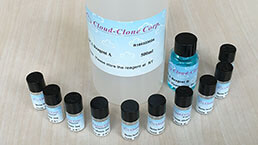 BCA Protein Quantification Kit
BCA Protein Quantification Kit
-
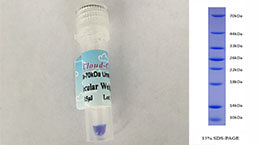 Molecular Mass Marker for Protein
Molecular Mass Marker for Protein
-
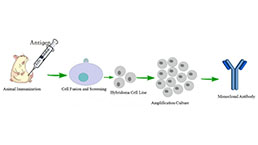 Monoclonal Antibody Customized Service
Monoclonal Antibody Customized Service
-
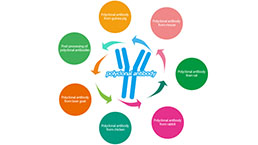 Polyclonal Antibody Customized Service
Polyclonal Antibody Customized Service
-
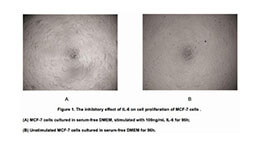 Protein Activity Test Experiment Service
Protein Activity Test Experiment Service
-
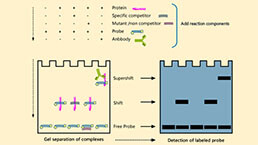 Electrophoretic Mobility Shift Assay (EMSA) Experiment Service
Electrophoretic Mobility Shift Assay (EMSA) Experiment Service
-
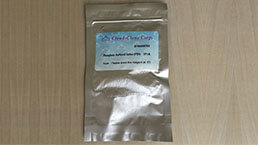 Buffer
Buffer
-
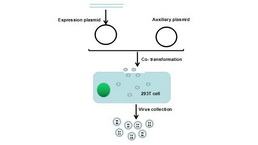 Lentivirus Packaging Experiment Service
Lentivirus Packaging Experiment Service
-
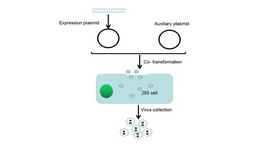 Adenovirus Packaging Experiment Service
Adenovirus Packaging Experiment Service
-
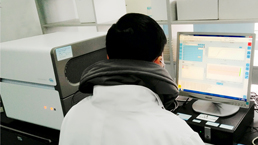 Real Time PCR Experimental Service
Real Time PCR Experimental Service
-
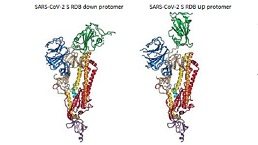 Spike RBD Protein (S-RBD)
Spike RBD Protein (S-RBD)
-
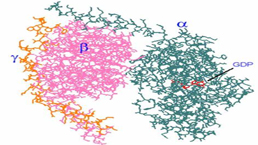 Protein G
Protein G
-
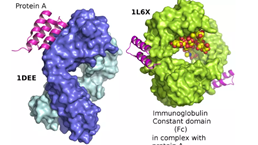 Protein A
Protein A



